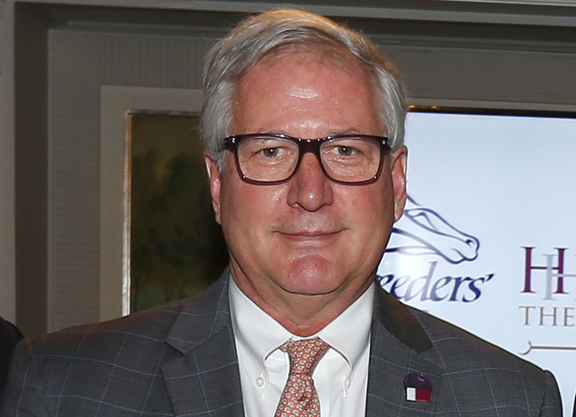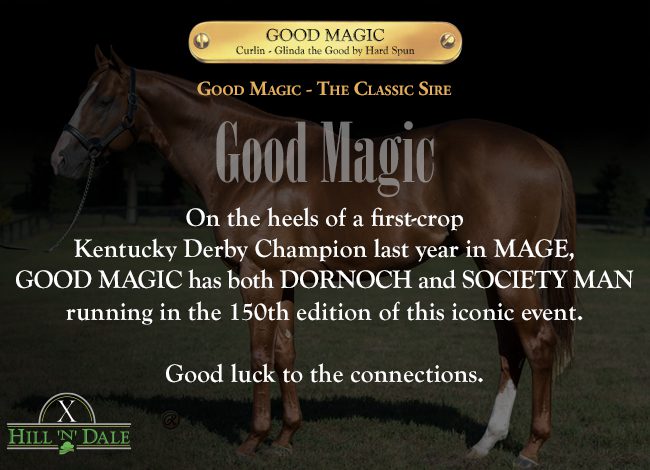By Daniel Ross
The California Horse Racing Board (CHRB) has released its annual report, covering both the fiscal year 2019-2020 and the calendar year 2020. As expected, given the onslaught of a global pandemic, it paints a rather grim economic picture, but there are major positives to be gleaned, chiefly in the equine safety arena.
When it comes to the business side of the equation, all-breed total handle generation during 2020 declined by 7% over the prior year.
Because of a wholesale shift away from bricks and mortar wagering towards ADW platforms last year–which funnels a smaller percentage of handle towards racetrack commissions and purses for horsemen–the total purse generation for all breeds dropped by 15% from 2019 to $110 million.
A separate breakdown of California purse and handle data for the past three years (excluding Los Alamitos night racing) can be read here. Similarly, the Thoroughbred Owners of California recently announced a $15-million purse enhancement program to be divided between this year and next.
Because of reduced racing in the state last year, coupled with the curtailment of bricks-and-mortar wagering, a number of industry programs that derive funding directly from parimutuel handle have been financially walloped:
- The Southern California Stabling and Vanning Fund faces an estimated shortfall in 2020 of $3.6 million.
- Last year, revenues for the workers' compensation fund fell by 21%, or $1.35 million, from the year prior.
- For the fiscal year 2019-20, the industry made additional payments of more than $4 million to support the CHRB's daily operations.
“It is too early to predict how these numbers might rebound going forward,” the report states.
When it comes to the issue of equine fatalities, the outlook was rosier.
During the 2019-2020 fiscal year, the total number of fatalities (including those not related to racing and training) shrunk by 15% over the prior fiscal year. Training and racing fatalities alone declined by 18%. This correlated with a decline in racing starts of just under 6%.
Unsurprisingly, the single most common site of catastrophic injury during racing and training concerned the fetlock joint, and the sesamoid bones in particular, which accounted for nearly 50% of all musculoskeletal fatalities.
In this regard, the report highlighted the impacts on the early detection of these kinds of injuries from the implementation at Santa Anita of the standing positron emission tomography (PET) unit and the magnetic resonance imaging (MRI) unit. “These two diagnostic imaging modalities have greatly improved diagnostic capabilities of veterinarians,” the report states.
At the track level, Del Mar saw an uptick from 2019 in a number of key areas, including field size (8.0 to 8.4) during the summer, and average daily handle during both the summer and fall meet. For the third time in a row, the facility remained the safest major racetrack in North America.
At the beginning of 2020, Santa Anita faced the double sucker-punch of a horse shortage followed by a pandemic-induced suspension of live racing. Despite these obstacles, the report highlights a number of key plusses, including implementation of the track's new turf chute, which debuted during this current winter-spring meet, as well as important strides forward in safety.
“One of the biggest challenges in California racing has always been to get everyone to work together towards the same goal. As difficult as 2020 has been, the achievements made on that effort have been the most remarkable,” wrote Craig Fravel, 1/ST Racing's chief executive officer, in the report.
Of all the facilities, Golden Gate was arguably hit hardest by the pandemic, with more than 350 workers quarantined during an outbreak towards the end of last year. As a result, live racing was suspended there between Nov. 13, 2020 and Jan. 15, 2021.
Despite a 25% decline in racing programs from 2019 figures, however, total handle at Golden Gate declined just 1.3%, to $533,619,648.
Near the start of last year, Los Alamitos came under intense scrutiny for a rash of equine fatalities, including a significant number not related to training and racing (notably according to the CHRB report, Quarter Horse trainer Chris O'Dell is responsible for one-third of non-racing and training related fatalities at Los Alamitos during 2020).
The report highlights the efforts made by track management to address these issues, including implementation of a safety plan and greater scrutiny of horses both training and entering a race.
In terms of handle, the total all-source handle of $56,361,304 for the summer daytime meet was down 14% with two fewer programs than in 2019. Total handle for the fall meet was $75,469,118, an increase of 33% with one additional racing program. All-source Quarter Horse handle increased by 25%.
Understandably, the vulnerable Northern California Fair program faced seismic disruptions last year, with both Fresno and Humboldt County Fair vacating their dates to Golden Gate Fields.
At the same time, Alameda County Fair registered a near 10% increase in all source handle with three fewer cards than in 2019. The State Fair (run at Pleasanton) saw total handle decrease roughly 18% with 45% less racing. Sonoma County Fair (run at Golden Gate Fields) saw a handle increase of 24% with two more programs than in 2019.
Not a subscriber? Click here to sign up for the daily PDF or alerts.






